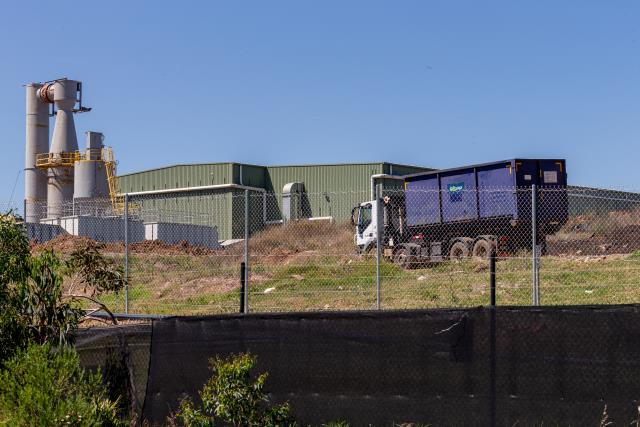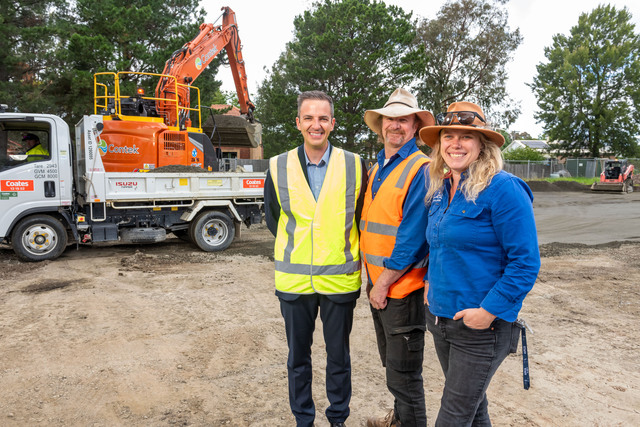A forceful clean-up of a house inflicted with hoarding needs to be paired with psychological help, a psychology lecturer says.
Dr James Collett from RMIT University describes hoarding as a “multi-level problem” in its treatment and impact on different parties.
“You do have to empathise with the people living around this problem as well as the dangers to the person inside the house themselves as well as family members and pets.
“Sometimes, this is the last resort where people are sent to clean up.
“The impact on the other people is not purely aesthetic. When you start getting things like mice, rats, risk of fire, it’s an understandable risk when councils act upon this.
“In that case we don’t expect the person to be in a great position to start working on the problem or start maintaining it.”
Dr Collett specialises in compulsive hoarding and attachment.
He recognises hoarding as a “serious mental health issue” yet it has “oddly” lacked in awareness within the professional realm.
A supportive and impactful approach to rectify such an issue comes in two parts at personal and home levels.
“For the person-centred element, that would involve work with a psychologist. There’s a published treatment guide for working with hoarding.
“There’s certainly room for improvement, it’s not an easy problem to work with.
“Challenging their feelings around attachment to possessions, exploring where their feelings are coming from, going through the process of managing and motivating them to be able to discard the possessions.
“So, we need that psychological work along with the professional organiser work, there’s certainly role for other professions like social work in terms of helping them with isolation, loneliness.
“Many report grief as where their hoarding is centred around.”
The intensity of hoarding and the insight of the person experiencing hoarding is different in each case.
While some are aware of their problem but have accepted it as their “authentic part”, others get to the stage where the house becomes uninhabitable.
“They say, other people have stuff why can’t I have stuff?
“On one level they are quite right. What we fall back on is the functional impact, especially the risk of harm.
“What’s quite striking with hoarding is, the physical dangers associated with the home rather than the internal to the person.
“We normally see increased fire risk and the home is likely to fall in disrepair.”
He says in most cases people report a long-term drive to accumulate possessions or have attachment to the possessions.
In many cases, this is linked to some elements of trauma, long periods of emotional trauma, sudden loss and unexpected sudden loss.







